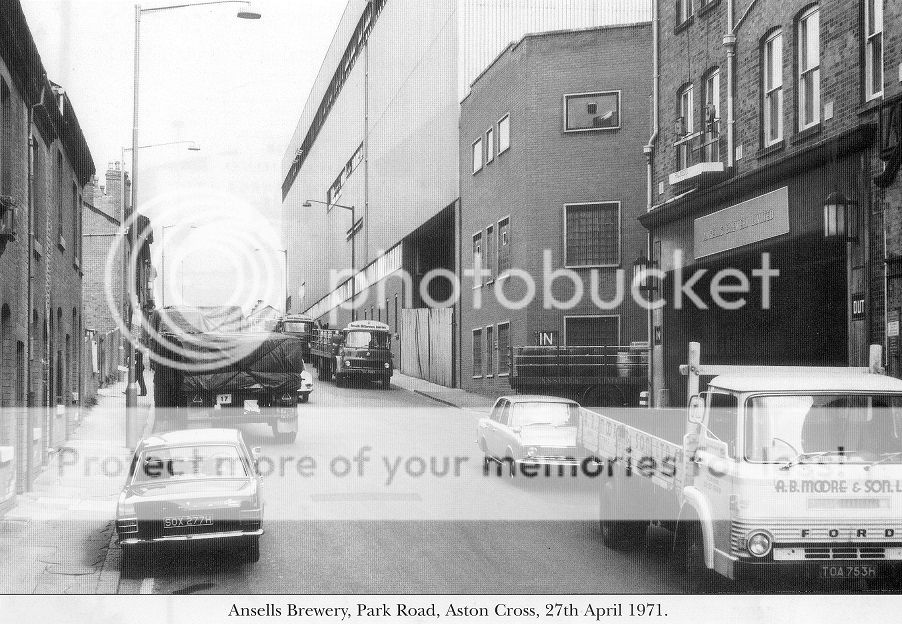Shortie
master brummie
That was the building which was Gothic Electrical in the 1960's and 70's, the corner entrance was the entrance to the MEB, but what part of the building was Gothic and what part the MEB I don't know. The whole area has suffered badly - I worked both at Gothic and at Barker Ellis Silversmiths which is over the road at 'Bismullah Building'. The best building along that stretch of road is the one on the corner of Summer Lane - now that truly is magnificient. I think it was built for H B Sale originally, but in the 1960's it was Lerose Jersey, then it became the 'Sufside Stop' which I think was a coffee house, and the last time I went along there it was an Indian restaurant. In the 1960's at least it looked, although changed, quite reasonable. I think it looks very sad indeed now. The one building that remains from the Georgian era is the one that has a huge coat of arms on the front - it's a white building and is where Jennens and Betteridge made their famous papier mache furniture.










